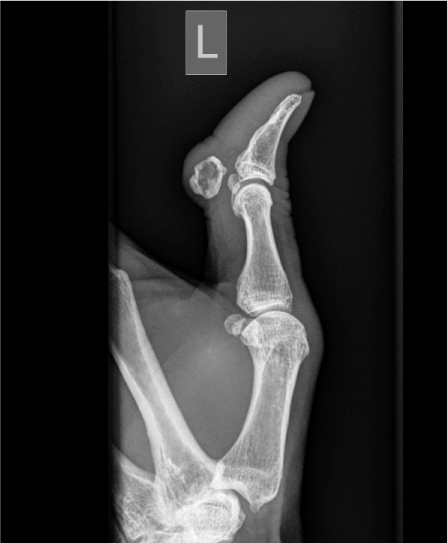
So, what are the different types of bones? How are they categorized? Different types of bones have differing shapes related to their particular function. Finally in the cases of unscoppable pain after conventional treatment removal of the sesamoid is reported 5, 9.The human skeleton has a number of functions, such as protection and supporting weight. In type II, injuries surgical intervention is advisable for restoration of the instability of the MCPJ of the thumb 8. There are only two reports, where the pain wasn't repressed for several months 6. As observed in our case the limitation of movement with taping produces good results, as well 4, 5. In type I, injuries immobilization is suggested for two weeks, with the MCPJ in a 30 0 flexion and systematic administration of anti-inflammatory drugs 4, 6, 7.

The fractures of the sesamoids of the pollex are classified according to Patel et al 8 in type I, with both palmar plate and the flexor ability of the MCPJ of the pollex remaining intact and in type II with a rupture of the palmar plate and the pollex in the position of hyperextension. The differential diagnosis of the fracture of the sesamoid bones includes rupture of the joint lateral ligament, rupture of the palmar plate, which leads to a debility of flexing the MCPJ of the pollex, fractures close to the joint and a bipartite sesamoid.

However in our case the fracture was visible and we believe that digital X-ray contributes the most in diagnosing this kind of small fractures, comparing to the regular X-ray examination. The diagnosis is establised with anteroposterior and lateral or oblique X-ray examination of the region, since in the regular anteroposterior X-ray examination, the fracture may not be visible.ĭong et al 4, reported that the fracture is not visible in the anteroposterior X-ray. In our case the injury was the result of a violent abduction of the pollex. A fracture may be caused also by a violent abduction of the thumb 6 and less frequently from direct trauma 3. The most frequent mechanism of injury is a violent hyperextension of the pollex 2, 6, 7. Failure of this procedure leads to bipartite sesamoid bones 4. Their ossification is completed during adolescence. Possibly their function relates to the stabilization and protection of the flexor tendons of the joint 7. Two of them are located in the MCPJ of the thumb. In adults there are usually 4-5 sesamoid bones in the hand, the function of which is controversial.


 0 kommentar(er)
0 kommentar(er)
